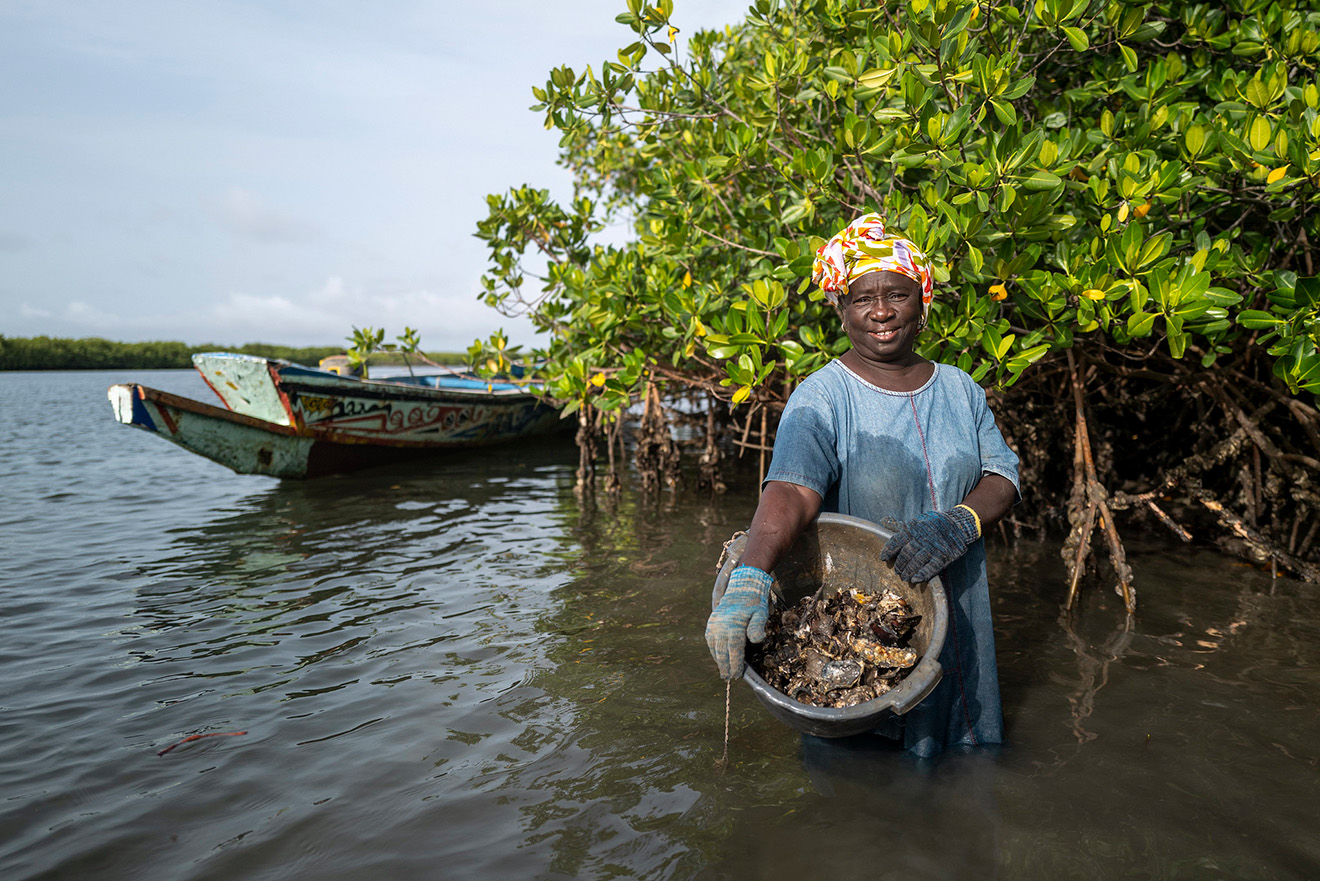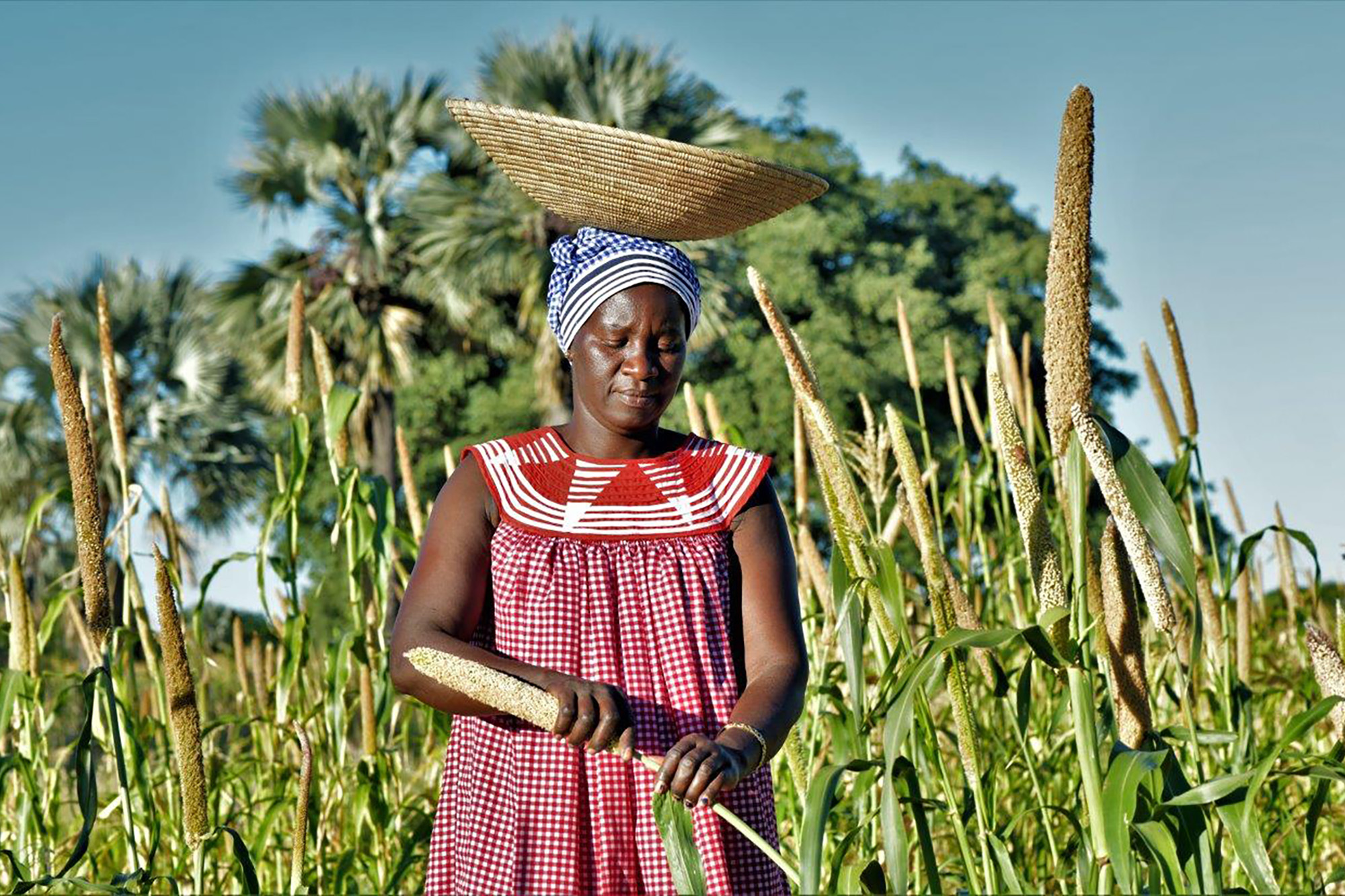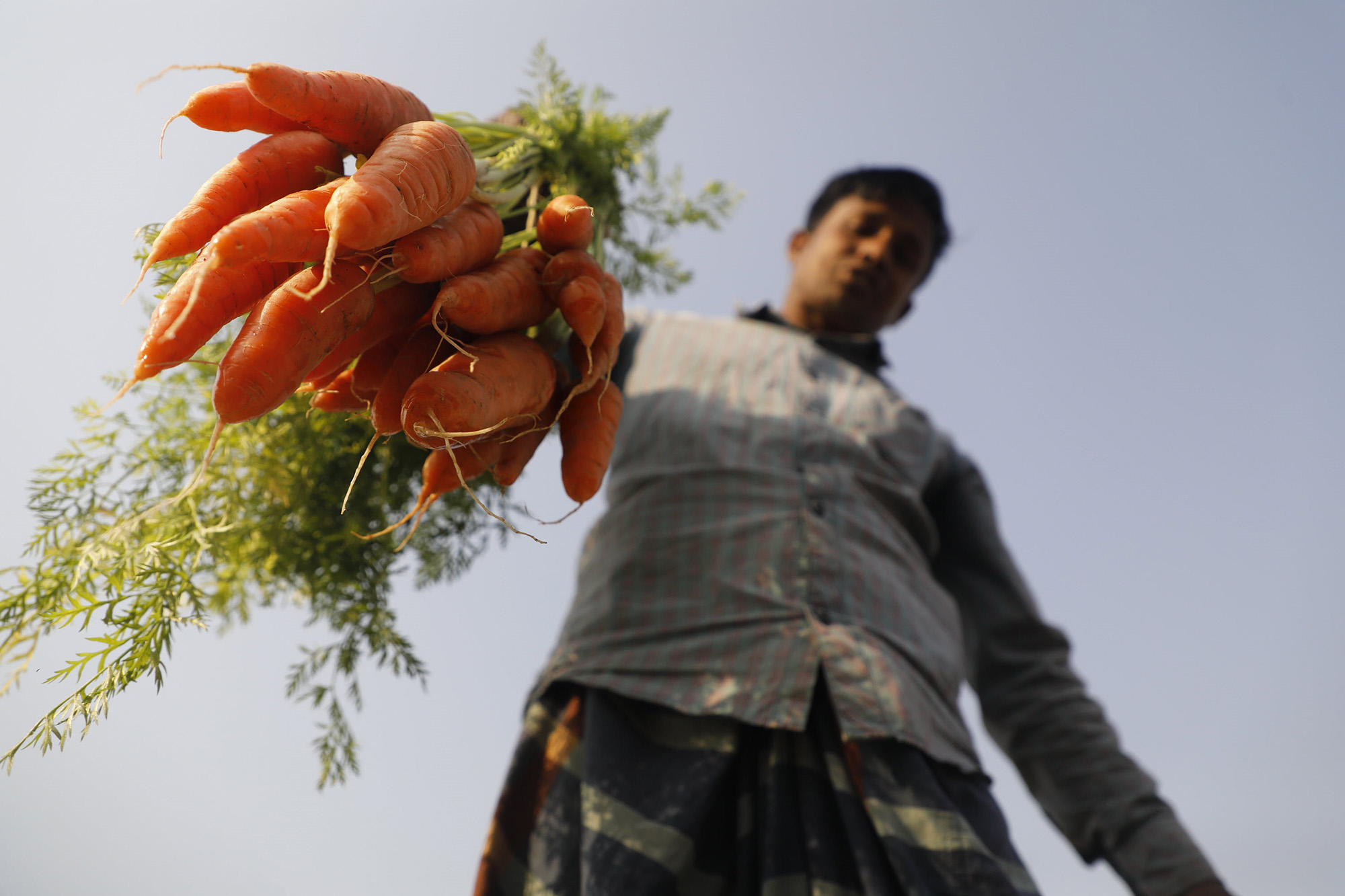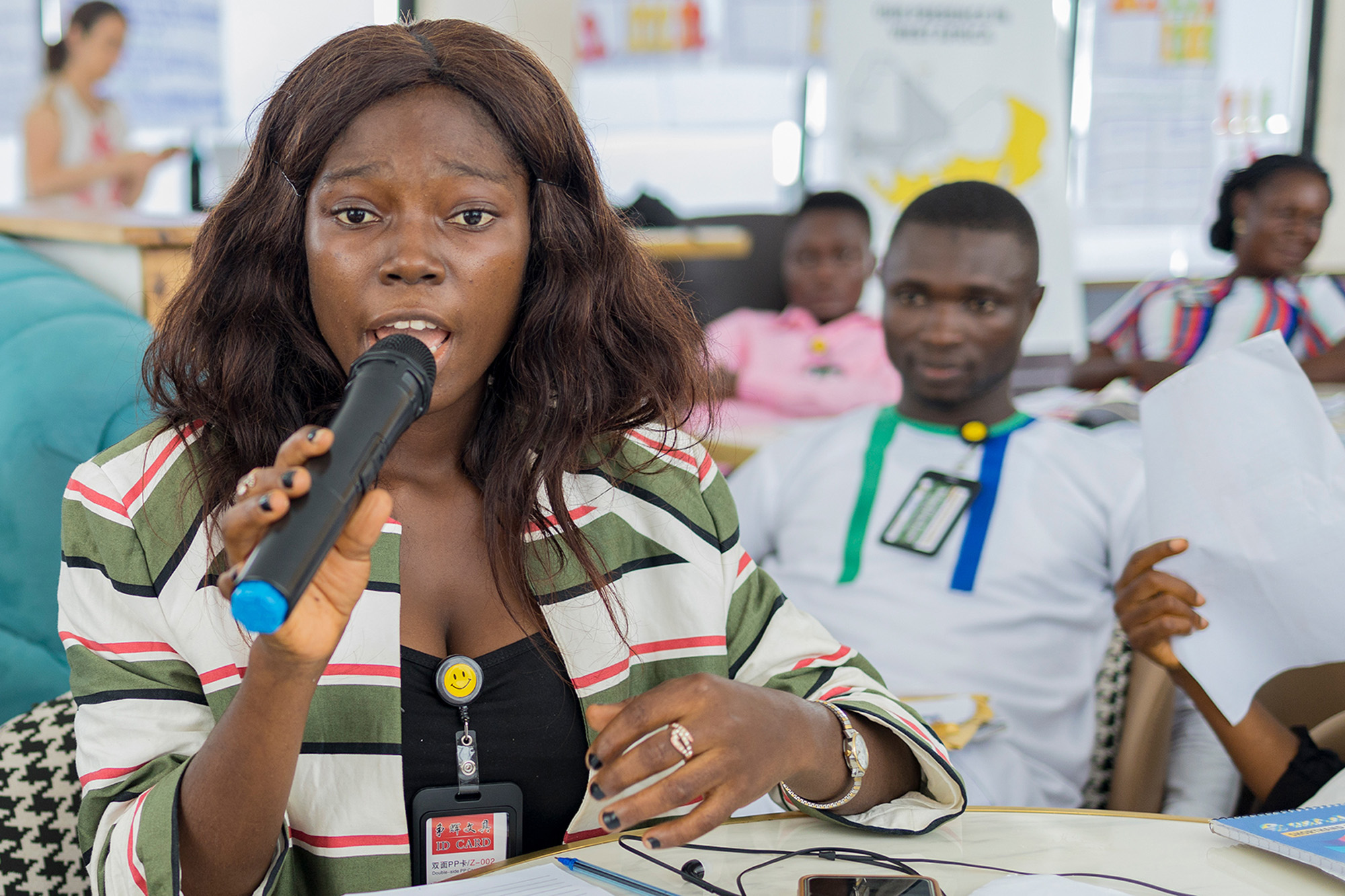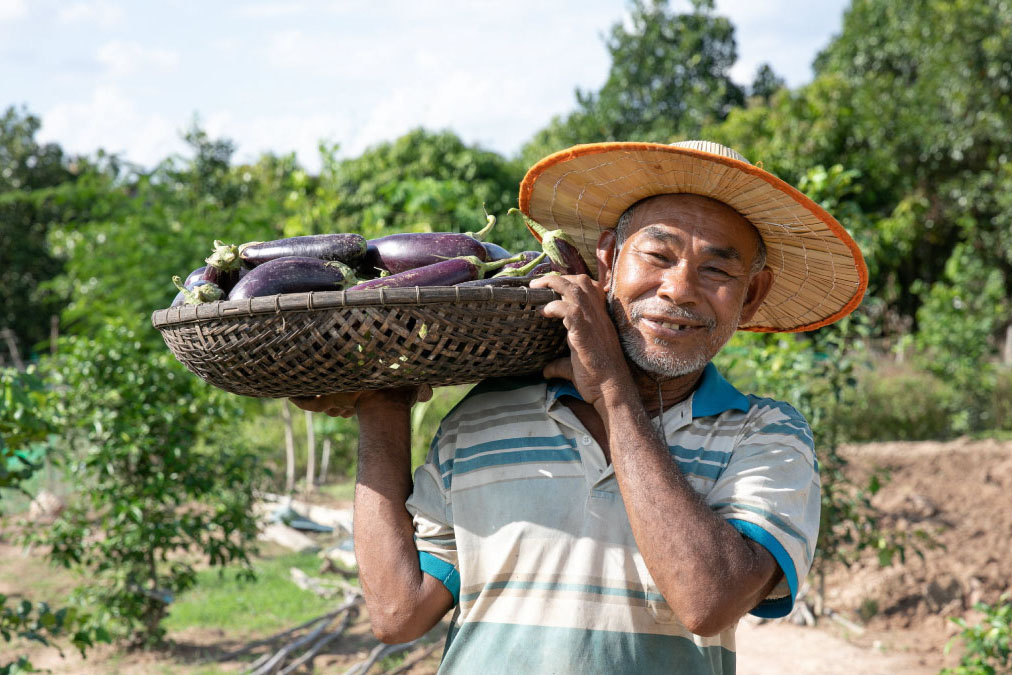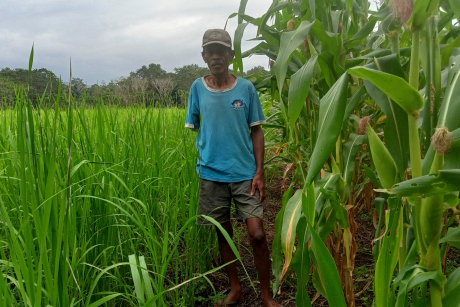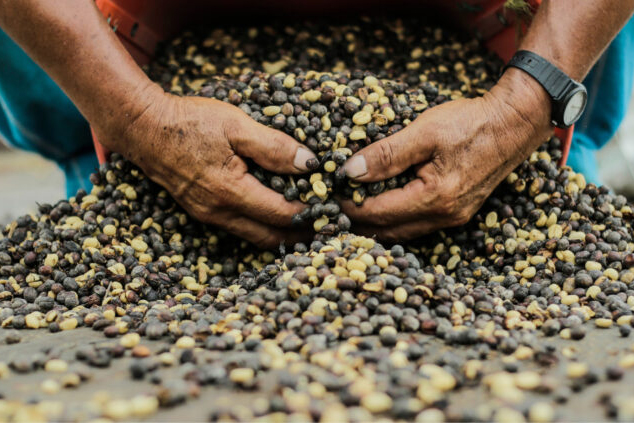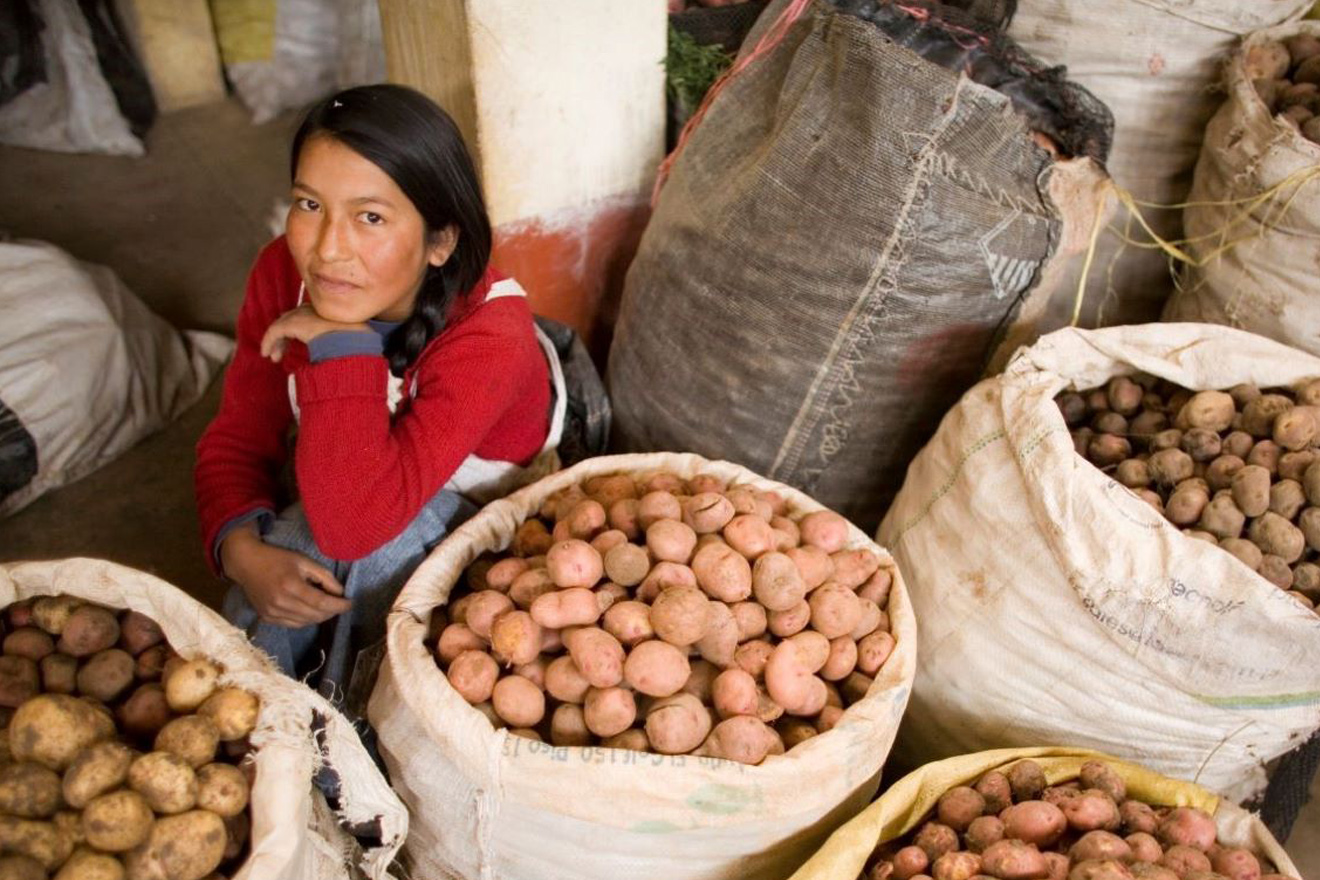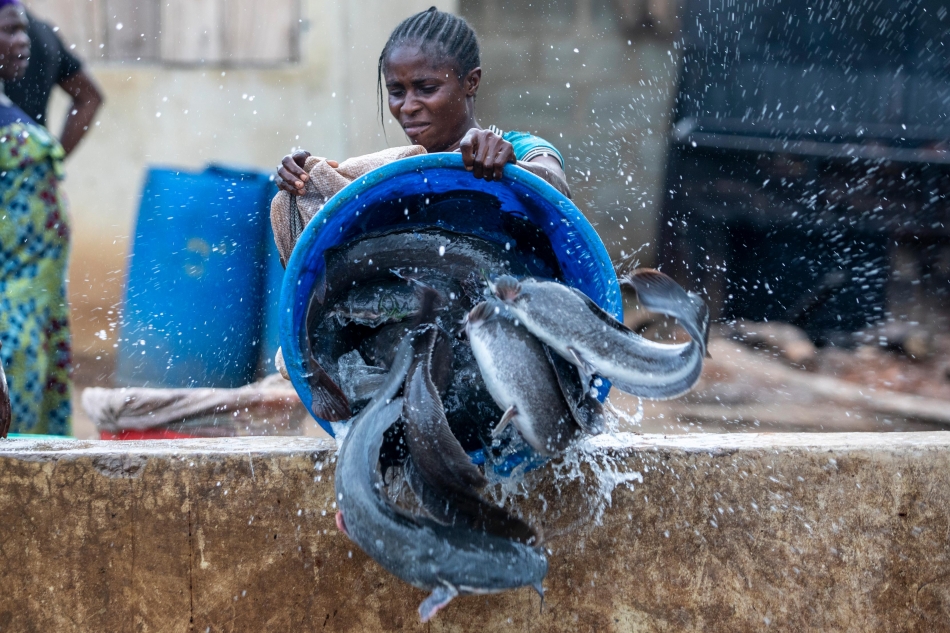Monitoring is key to defining actions for healthier and more sustainable food systems. The Food Systems Countdown Initiative, in which FAO collaborates, has published a new brief—the first in a planned annual series—that presents the current state of national food systems. The report identifies areas of improvement, proposes solutions, and inspires stakeholders that progress can, and must be made. The Food Systems Countdown Initiative aims to build a science-based system to track the performance of global food systems toward 2030 and the conclusion of the Sustainable Development Goals.
The International Year of Millets 2023 Photo Contest has received hundreds of great pictures from over 50 countries around the world. The images demonstrate the many benefits of millets, from their diversity to the variety of nutritious dishes they can produce, their ability to thrive on arid lands, and their market potential. The contest jury had a tough time deciding on the first prize, which went to Jonathon Rees from South Africa. The picture shows a woman harvesting Pearl Millet after a morning gathering Marula fruit to make traditional beer and oil. The second prize will be chosen from four candidates, which you can vote for on Facebook.
FAO through funding from the Africa Development Bank, have excavated a pond to store water, provided a solar-powered water pump for irrigation and seeds, empowering female farmers like Lilly in South Sudan, to be able to plant and sell their vegetables.
This interactive feature illustrates FAO’s report, which presents over 50 actions that policymakers and governments can take - from biodiversity monitoring to conservation.
In the mountainous Tokushima region of Japan, farmers have grown local varieties of millet, vegetables and other crops for more than 400 years. But in recent times, the cultivation of millets almost died out. Only the love of a farmer in Nishi-Awa helped save a local variety of finger millet from vanishing completely. The Nishi-Awa site is remarkable because, on extremely steep slopes normally deemed unsuitable for agriculture, farmers derived an innovative way of cultivating indigenous varieties of crops without converting the land into terraced fields. The United Nations officially designated 2023 as the International Year of Millets to raise awareness of their nutritional and health benefits.
Our current agrifood systems impose huge hidden costs on our health, the environment and society, equivalent to at least $10 trillion a year, according to an analysis by the Food and Agriculture Organization covering 154 countries. This represents almost 10% of the global GDP. More than 70% of those hidden costs are driven by unhealthy diets that might lead to obesity and non-communicable diseases. Low-income countries are proportionately the hardest hit by this situation. The report urges governments to use true cost accounting to transform agrifood systems to address the climate crisis, poverty, inequality and food security.
A FAO report reveals that the hidden costs from how we produce, transport, process and consume food are at least 10 trillion dollars a year.
Fatmata Binta Jalloh is a gender and youth expert working with Sierra Leone's Ministry of Agriculture and Food Security. She helps rural women by providing them with access to technical training, inputs, and other opportunities to help them maximize their agricultural activities. Fatmata, along with Foday Kamara, the director of a local NGO that supports youth and women's empowerment, took part in a project implemented jointly by the FAO and the NGO Solidaridad. The programme aimed to equip both women and men with the knowledge and skills necessary to succeed in the agricultural sector, while also strengthening the position of rural women and enabling them to participate in decision-making processes.
Transforming agrifood systems will contribute not only to eradicating poverty, ending hunger and improving nutrition, but also ensure that they are more efficient, inclusive, resilient and sustainable.
Conservation agriculture is a relatively new practice in Timor-Leste, centred on minimum soil disturbance, maintenance of a permanent soil cover, and diversification of plant species. Despite facing resistance from farmers like Joaquim, FAO and partners supported farmers, who were willing to adopt this technique. These efforts paid off after a few years of implementation with increased land utilization rates, more fertile and productive soil. Joaquim, now an avid advocate of CA has produced enough food to support his family. The practice also has great appeal for farmers, because it does away with the need for ploughing, ending some of the hard manual labor involved in farming.
ILO is raising awareness and fostering concrete actions to improve safety and health for workers in the coffee supply chain through its #coffeepeople campaign.
An International Fund for Agricultural Development (IFAD) nutrition expert talks about the challenge of obesity; a Technical Specialist on Nutrition discusses how food inflation impacts diets. Lastly, we chat with IFAD’s Director for Food Systems Coordination Nadine Gbossa to discuss the nutritional challenges of Guyana’s indigenous communities.
From 27 to 29 September 2023, FAO is organizing its first-ever Global Conference on Sustainable Agricultural Mechanization. This event will provide a forum for FAO Members, farmers, universities, agricultural scientists, mechanization service providers, development agencies, and other actors for dialogues to prioritize actions and strengthen technical networks for sustainable development of agricultural mechanization.
Located at two hours’ drive east of Lagos, Nigeria’s sprawling business capital, Eriwe farm village is the site of one of the countries’ biggest catfish clusters. Along the banks of a little river lie the ponds of nearly 600 fish farmers, organized in cooperatives as part of the Eriwe fishers’ union. These farmers produced some 2,000 tonnes of catfish in 2022. Mary Stephens and her husband also have a few ponds in Eriwe farm village. But their main business is fish processing. FISH4ACP, a global fish value chain development programme in partnership between FAO, the EU and others, is helping Nigeria to make its catfish sector stronger. Mary hopes to get a machine to replace some of their manual work.
Not only are healthy diets crucial for children's development and wellbeing, but the enjoyment of food is part of the right to food too.

